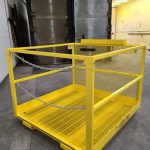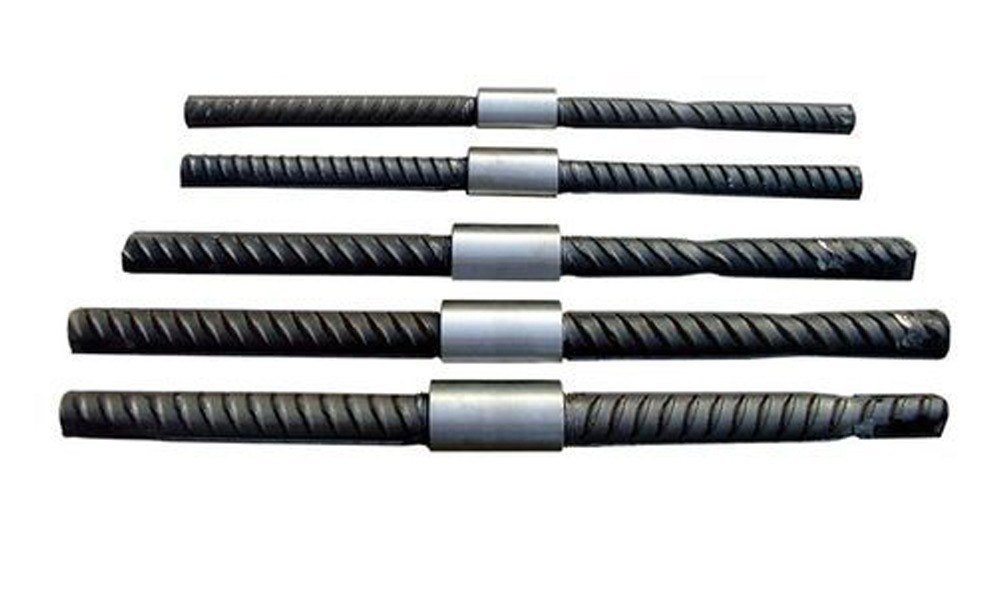Modern architecture in seismically active regions demands thoughtful design approaches that accommodate ground movement while maintaining structural integrity. When earthquakes occur, buildings must absorb and dissipate energy rather than resist it rigidly. This dynamic response relies heavily on adequately connected reinforcement systems throughout the structure.
Coupler solutions create these vital connections between reinforcement bars, allowing controlled flexibility while maintaining tensile strength. Unlike welded connections that become brittle failure points, quality couplers provide ductility and the ability to bend without breaking, which proves essential during seismic events.
A system of protection
The significance of coupler technology extends far beyond simple joining. These engineered components ensure that load transfer between reinforcement bars remains consistent even as a building sways. The best coupler systems maintain structural continuity through the following:
- Force distribution across multiple connection points
- Accommodation of thermal expansion and contraction
- Prevention of stress concentration at vulnerable junctions
Engineers have determined that reinforcement continuity ranks among the most critical factors in preventing progressive collapse during earthquakes. High-performance couplers eliminate weak links in the structural chain when correctly specified and installed.
Evolution of seismic design thinking
Structural engineering approaches have evolved dramatically following significant earthquakes worldwide. Historical seismic events have repeatedly demonstrated that connection failures often trigger catastrophic structural collapse.
The engineering community now recognizes that resilient buildings require thoughtful attention to these connection details. Modern seismic codes increasingly address coupler specifications, acknowledging their fundamental role in structural performance. It marks a significant shift from earlier approaches focused primarily on member sizing. With a commitment to durability, Fortecdesigns materials that help structures withstand seismic forces. These specialized couplers undergo rigorous testing to ensure performance under repeated stress cycles mimicking earthquake conditions.
Chemistry behind the strength
Material science drives advances in coupler technology. Modern systems employ specialized metallurgy that balances strength with ductility, creating connections that perform predictably under extreme conditions. This scientific approach represents a vast improvement over historical practices that relied on mechanical overlap or field welding. The chemistry extends beyond the coupler material, including the threading processes and installation methods. Advanced threading techniques preserve the microstructure of reinforcement bars, ensuring the connected system maintains integrity throughout its service life.
Implementation challenges in real-world applications
Despite their importance, implementing optimal coupler solutions presents practical challenges. Construction schedules, accessibility constraints, and coordination between trades all impact installation quality. Engineers must consider these factors when specifying coupler systems. Quality control during installation remains crucial. Even the best-designed coupler systems fail when improperly installed or inadequately inspected. This highlights the importance of comprehensive construction administration and testing protocols.
The future of seismic-resistant design indicates greater integration of coupler technologies with overall structural systems. Emerging approaches include distributed coupling systems that work in concert with energy dissipation devices. Research advances our understanding of how these components behave in real-world seismic events. Post-earthquake forensic evaluations provide valuable data that informs coupler design and implementation practices.
They may go unnoticed, but earthquake-resistant building codes will continue their vital work, connecting, transferring, absorbing, and protecting lives. The most successful seismic-resistant buildings will remain those where every connection, no matter how small, receives the attention it deserves.










